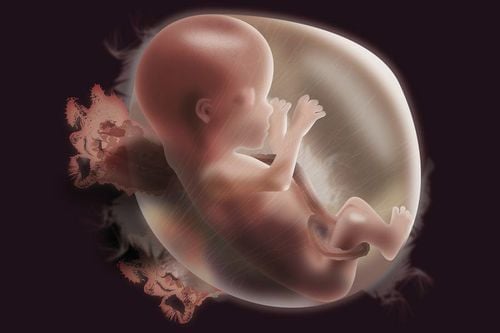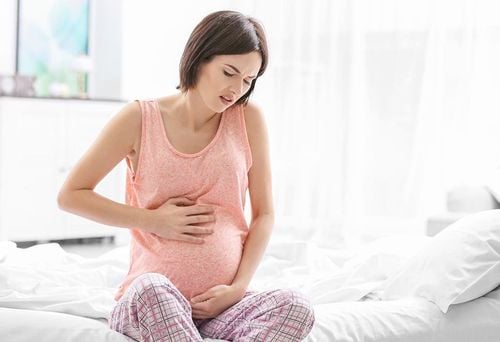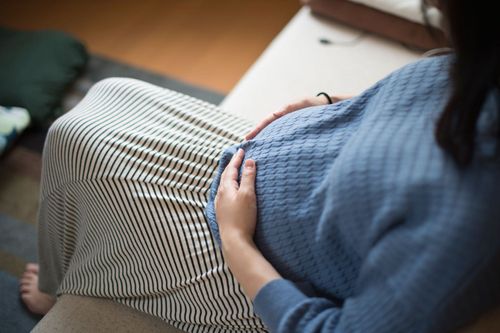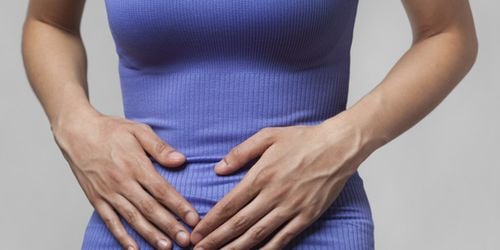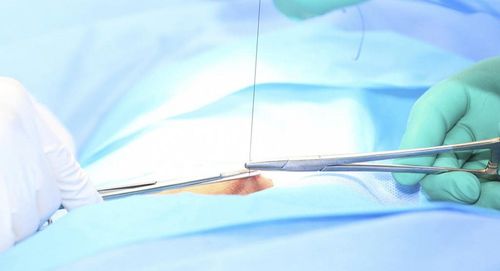This is an automatically translated article.
The article was professionally consulted by Specialist Doctor II Bui Thi Thu and Specialist Doctor II Tran Thi Mai Huong - Department of Obstetrics and Gynecology - Vinmec Hai Phong International General Hospital.Artificial placental removal is carried out when the mother after giving birth, the placenta still remains inside the uterus.
1. What is artificial vegetable peeler?
Artificial placental abruption is a procedure where the hand is inserted into the uterine cavity to remove the placenta left in the uterine cavity after the pregnancy has been delivered.
Indications for artificial peeling of vegetables include:
Slow-shedding vegetables: Usually, after 15-20 minutes of pregnancy, the vegetables will peel off by themselves, if after 30 minutes, the vegetables will not peel off by themselves. When the placenta is still in the uterus, bleeding during the placental period. Contraindication to artificial placental removal in the following cases:
Cases that need to check the integrity of the uterus after pregnancy, must remove artificial placenta immediately to control the uterine cavity, such as suspected uterine rupture after difficult lower-line procedures (intra-uterine rotation, high forecourt, abortion or old cesarean scar in the uterus...). In case the pregnant woman is in shock, it is necessary to resuscitate and then peel the artificial vegetables.
2. Steps to peel artificial vegetables
2.1 Preparation For doctors and nurses: Before the procedure, hands must be washed, wearing sterile gloves like in surgery.
For pregnant women: The mother will be advised and explained by the doctors to peel the vegetables to prevent bleeding and encourage the mother. Guide to breathing evenly, without abdominal cramping. Before the procedure, the pregnant woman must clear the urine, disinfect the perineum and vagina, and spread a sterile cloth.
The means of support :
Painkiller Dolosal 0.10g or Fentanyl, Seduxen. Cardiac drugs, resuscitation to use when needed. Principle of artificial vegetable peeling:
Must peel with two hands. Must be done under sterile conditions. 2.2 Carry out the procedure Step 1: Fix the fundus of the uterus by placing the left hand on the abdominal wall,
Step 2: Insert the right hand into the vagina, through the open cervix and follow the umbilical cord to the placental area.
Step 3: Peel the placenta by using the ulnar edge of the hand to squeeze between the uterine wall and the placenta. Peel from the outside and from the bottom of the vegetable cake and then round it up to the edge of the cake to avoid leaving vegetables, leaving the vegetable film.
Step 4: When the placenta is completely peeled off, the hand in the uterus pulls the placenta out, but does not pull the hand out of the uterus, if necessary, the left hand pulls the umbilical cord to remove the placenta.
Step 5: When the placenta comes out, both eyes of the placenta must be checked: the membrane surface and the abs surface.
Step 6: After peeling the vegetables, the uterus must be controlled immediately.
3. Monitoring and handling after peeling artificial vegetables
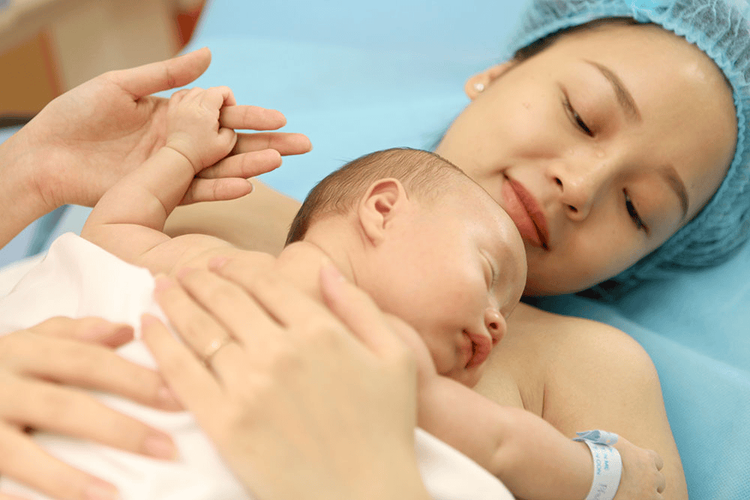
3.1 Monitor the mother's pulse, blood pressure, general condition and reaction. The amount of blood that flows from the uterus and contracts the uterus. 3.2 Management Pregnant women are shocked due to pain and fear when they put their hands in to peel vegetables, so resuscitation before and after peeling vegetables is extremely necessary. Before the procedure, pregnant women need to use pain relievers. After peeling vegetables, use uterine contraction drugs. The uterus should be re-examined to remove blood clots and residual placenta if the uterus still does not contract despite the use of uterine contractions. If bleeding continues while the uterus is contracting well, it is important to check for damage to the cervix and vagina. If the pregnant woman is suspected of having an infection, it is necessary to give antibiotics for timely treatment. In summary, post-partum mother's artificial placental removal is a procedure where the hand is inserted into the uterus to remove the remaining placenta after the pregnancy has ended. Artificial vegetable peeling will cause pain for the mother, so mothers need to be counseled and prepared psychologically to coordinate well with the procedure during the dissection. After removing artificial vegetables, pregnant women need to monitor vital signs and uterine bleeding to prevent complications and get timely intervention.
Vinmec International General Hospital offers a Package Maternity Care Program for pregnant women right from the first months of pregnancy with a full range of antenatal care visits, periodical 3D and 4D ultrasounds and routine tests to ensure that the mother is healthy and the fetus is developing comprehensively.
Pregnant women will be consulted and checked for health under the close supervision of experienced and specialized Obstetricians, helping mothers have more knowledge to protect their health during pregnancy as well as reduce reduce complications for mother and child.
Please dial HOTLINE for more information or register for an appointment HERE. Download MyVinmec app to make appointments faster and to manage your bookings easily.





